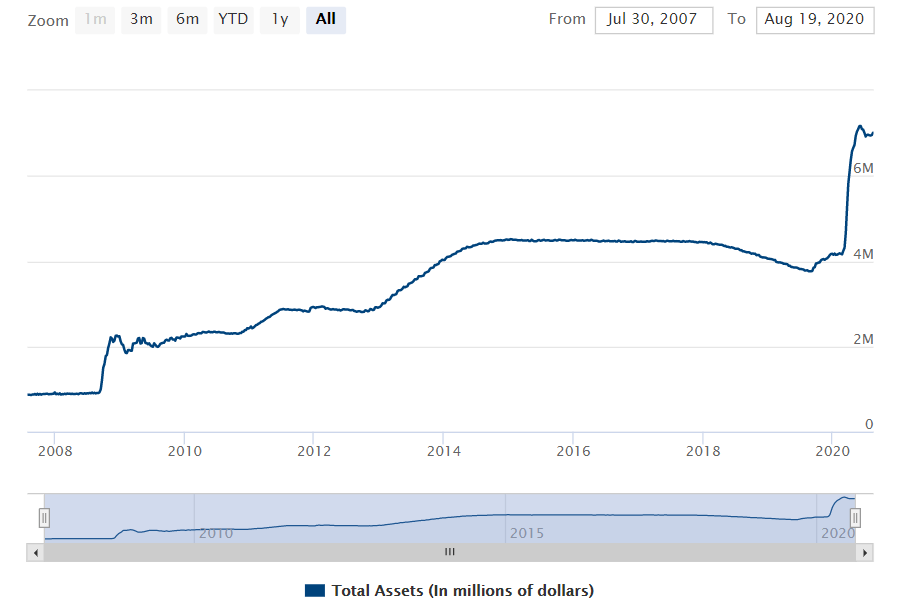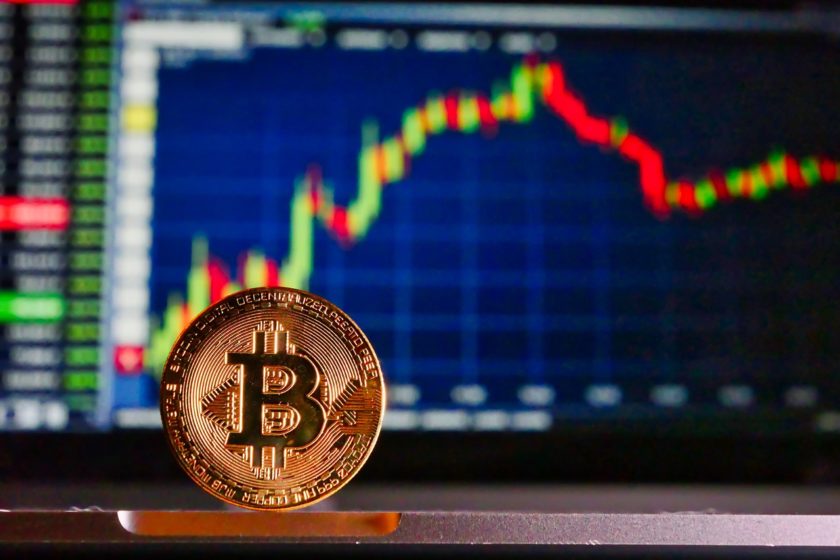- Citigroup no longer believes stocks are heading for a drop this year.
- Citi’s new forecast calls for a decline from recent highs, but still shows a net gain for the S&P 500 this calendar year.
- The bank cites unprecedented Fed intervention for its sudden U-turn.
Don’t fight the Fed.
That’s the general takeaway from Citigroup’s latest forecast on the S&P 500. The Wall Street firm has revised its outlook on equities because the ‘all-powerful’ Federal Reserve won’t let them fail.
Although fighting the Fed might be foolish, relying on it is equally troublesome.
Stocks Heading Higher This Year: Citi
In the wake of the March liquidity crisis, analysts at Citigroup were convinced that U.S. stocks are heading lower for the year. The bank says the bearish outlook now appears unlikely due to “unbridled Fed easing, negative real rates, and technical indicators show resistance breakouts.”
Citi’s new forecast calls for the S&P 500 Index to end the year at 3,300, well above the previous target of 2,900. While that implies a drop from the recent all-time high, it puts the index on track for a yearly gain of 2.2%. That’s modest, but a pleasant surprise following the bear-market lows we saw in March.
All-Powerful Fed to the Rescue
In justifying its revised price target, Citigroup wrote (as per CNBC):
We still think the market may be ahead of itself but the Fed will do ‘whatever it takes’ to prevent U.S. stocks declining by teen-like percentages.
The bank rightly noted that investors have “become overly complacent” following the latest round of Fed intervention, but that nothing “will change that mindset in the near term.”
At the surface, the Federal Reserve has done whatever it takes to reverse bearish sentiment. The central bank’s balance sheet peaked above $7.16 trillion in early June before tapering off slightly. As of August 17, the balance sheet was just over $7 trillion.

Fed-Fueled Rally Doesn’t Solve Real Problems
Aside from the apparent dollar-debasement caused by the Fed’s money-printing scheme, the central bank’s policies have created a bigger wedge between Wall Street and Main Street. Watch the video below for more.
Main Street is just another term for the real economy, which continues to struggle in the post-lockdown world.
The Fed’s stimulus has helped Big Tech stocks grow their combined market cap to almost $8 trillion. It has done very little to stop the wave of mortgage delinquencies, bankruptcies, and missed rent payments inflicting the real economy. Businesses are shutting down permanently amid the pandemic while the number of “over-leveraged zombie companies” continues to grow. Watch the video below for more.
Record-low interest rates and trillions in bond purchases have helped the stock market to a ‘V-shaped’ recovery, but not the real economy, which is still in recession.
According to Peter Schiff of Euro Pacific Capital, “surging stocks are actually misleading a lot of people into believing that the economy is stronger than it actually is.”
During the last market cycle, investors made it abundantly clear that they couldn’t handle a shift away from”accommodative policy.” The Fed experimented with raising rates and unwinding its balance sheet, but that was short-lived.
Now, Wall Street has grown accustomed to the Fed’s “emergency” response–the unfettered flow of capital into the markets. What happens when the Fed signals that it’s time for asset purchases to be scaled back? The central bank’s return to “accommodative policy” could be met with the same resistance that a return to “normal” entailed back in 2015.
Disclaimer: The opinions expressed in this article do not necessarily reflect the views of CCN.com and should not be considered investment or trading advice from CCN.com. Unless otherwise noted, the author holds no investment position in the above-mentioned securities.




